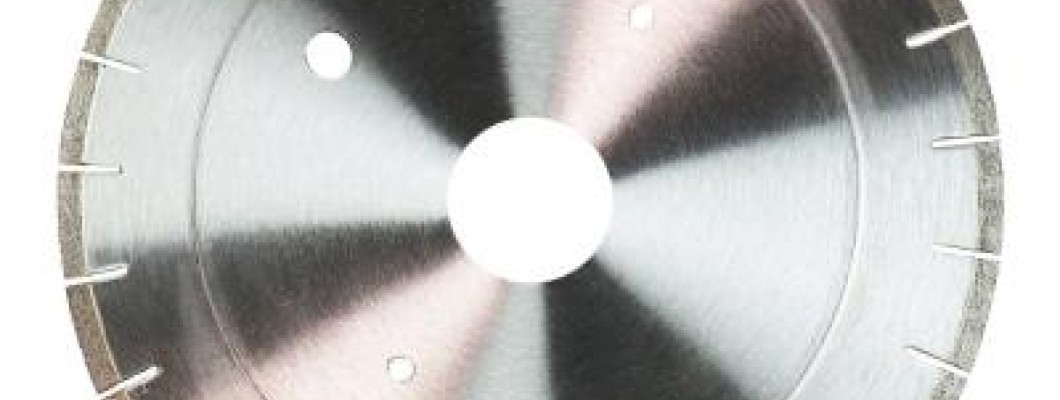
Saw Blade Calibration Guide: Flatness, Runout, and Tension Adjustment
Professional calibration is crucial for ensuring large circular saw blades operate efficiently, maintain high accuracy, and achieve maximum lifespan. This guide details the three core technical aspects of blade calibration: flatness correction, end runout calibration, and tension adjustment methods.
1. Flatness Calibration
Flatness is fundamental for blade stability. The calibration steps are as follows:
- First, examine the overall blade surface to confirm the degree of deformation and identify any localized warps or kinks.
- For Significant Deformation: Assess the internal and external stiffness based on how the blade flexes. If the inside area feels soft, adjustments should be made towards the edges; if the outside area feels soft, adjustments should target the middle section. Generally, adjustments (softening) are concentrated between the processing holes and the cutting teeth.
- For Local Warps: First, lubricate the calibration platform (oil the surface). Rotate the blade fully once on the platform, then flip it and gently press the warped area until it is flat.
2. End Runout Calibration (Axial Runout)
End runout directly impacts cutting precision. The calibration steps are as follows:
- First, use a runout gauge (dial indicator) to measure the axial runout and confirm the highest and lowest points on the blade face.
- Determine the necessary adjustment based on the measured height difference between the high and low points, generally focusing on raising the low point.
- During adjustment, generally avoid applying force to the teeth area and concentrate the adjustment efforts on minimizing the runout in the required area.
3. Tension Calibration
Tension adjustment is key to stable high-speed operation, and the method varies based on the blade's current condition:
-
When Tension is Insufficient (Adjusting to Positive Tension)
To adjust a negative or zero-tension blade to the required positive tension state:
- Set the tension rolling ring approximately 1/3 of the radius inward from the center of the blade.
- Determine the rolling position based on the required 90-degree tension value (reference technical specifications).
- The rolling pressure applied must be sufficiently high.
-
When Tension is Excessive (Reducing Tension)
To reduce or eliminate excessive tension:
- Set the tension rolling ring approximately 1/3 of the radius inward from the outer edge of the blade.
- Reduce the rolling pressure.
- The objective is to create a uniform tension distribution across the blade.
Important Note on Consistency: Tension must be consistent in all directions, but achieving truly uniform tension requires experienced technical expertise. Additionally, a circular gauge displaying the tension status can be used for assessment. It is critical to measure the deflection at the 90-degree position from the force application point and assess the stress state within that specific area.

Leave a Comment